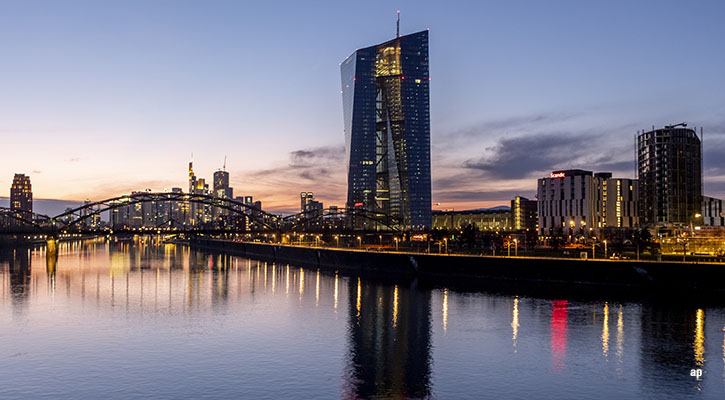
While the first six months of 2024 marked strong performance for stock markets, Morningstar data shows that withdrawal from UK-domiciled strategies continued. On aggregate, the UK fund universe continued to see outflows during the second quarter of 2024, and the total net withdrawal figure since 2022 is now approaching £80 billion.
The flows data suggests that investors’ preferences have broadly followed winners and losers over the quarter in a continuation of medium-term trends.
Looking at categories, UK large-cap equity funds contributed to the net withdrawals aggregate figure, with over £2 billion in outflows in June alone, and £6.7 billion year-to-date. Conversely, within the equity fund universe, global large-cap equity strategies topped the ranks for fund inflows, with over £3.6 billion on aggregate added in Q2 and £4.2 billion year to date.
Among other asset classes, fixed-income strategies ended the quarter in net redemptions’ territory. Here investors showed a preference for UK gilt funds, as well as global bond strategies, while both GBP corporate bond and global flexible bond funds experienced combined withdrawals of over £2.7 billion.
The decade-long active/passive flows divergence also goes on too. Passive funds recorded net inflows, while active strategies saw further outflows during the quarter. Among index funds, global large-cap and Europe ex-UK equity funds were favoured in Q2, with combined net inflows of £4.3 billion.
UK Equity Funds are Compelling, But Investors are Ditching
The broader trend of outflows from UK equity funds has reflected in persistent monthly outflows since early 2020. Data shows a fall in the sectors' aggregate AUM from a peak of £280 billion in 2017, fallen to being range-bound around £200 billion in 2024.
Within the broader equity fund universe, some of the main beneficiaries of this reallocation, to an extent, have been global, US and emerging markets equity as well as sector funds, including ecology, infrastructure and healthcare.
Headwinds driving outflows included the disappointing relative performance to other markets, as well as, to an extent, its sector composition. This includes a lower exposure to technology names which, in contrast, prevail in US and global indices. Yet, for value-orientated investors, the compelling valuations offered by UK stocks still make a good case for investing in the space.
Active Equity Strategies are Vulnerable in Passive Shift
Competitive fee levels, coupled with challenging performance for some active managers, are some of the reasons behind the investors’ medium-term tilt to passive funds. On aggregate, UK-domiciled passive funds surpassed £340 billion in net assets, an all-time high, and now represent 30% of the fund universe, according to Morningstar data. While fund houses with a prevalence of active strategies have faced both cost and outflows pressures driven by this trend, this has proven to be a tailwind for asset managers with a strong passive offering.
A glance at what’s underneath these figures shows that most outflows from the active fund universe were driven by equity funds, while fixed income funds were somewhat more resilient.
Over the last three years, taking only active strategies into consideration, the majority of categories saw net outflows albeit to varying magnitudes. Sector categories including ecology, however, were among the very few outliers. In the fixed-income universe, despite the net redemptions from the asset class, global bond and global corporate bond funds showed signs of resilience. Over the same timeframe, short-dated Sterling corporate bond strategies gathered the most inflows, amounting to over £1.8 billion, although only modestly offsetting the £6 billion outflow from core sterling corporate bond strategies.




























